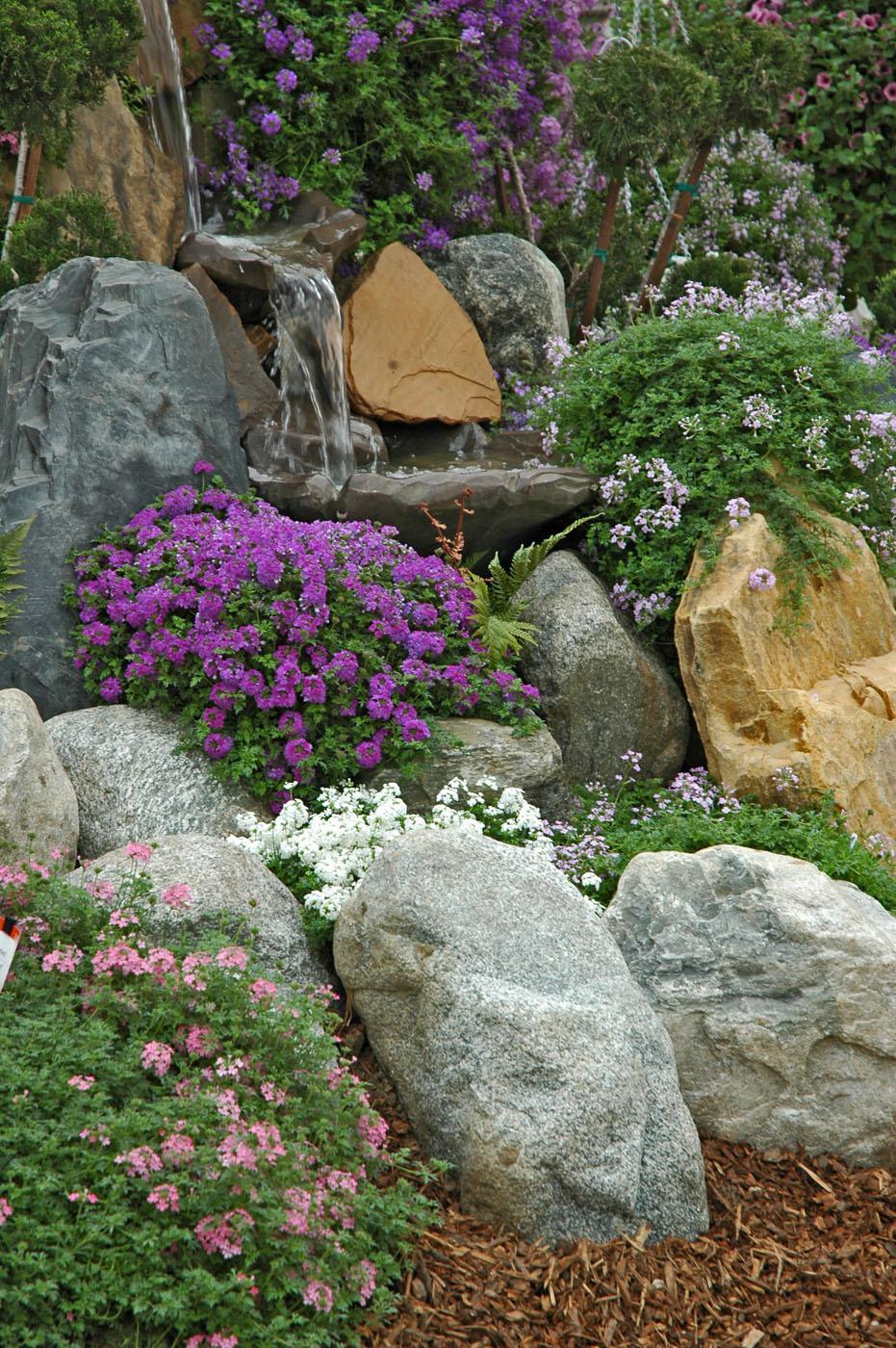Information Possibly Outdated
The information presented on this page was originally released on April 20, 2006. It may not be outdated, but please search our site for more current information. If you plan to quote or reference this information in a publication, please check with the Extension specialist or author before proceeding.
Tapien verbenas offer more colors
By Norman Winter
MSU Horticulturist
Central Mississippi Research & Extension Center
The perennial verbena truly has come of age in the landscape during the last decade. Homestead Purple, Biloxi Blue and Port Gibson Pink have all been recognized for their outstanding performance.
Despite the influx of new series like the Temari, Aztec, Babylon and Magellana, the Tapien have held their place in the market. The series which started out with four now boasts 10 colors.
The Tapien verbena may very well be the ultimate groundcover with its dense carpet of green foliage topped off by gorgeous flowers most of the summer. This group of verbenas is highly resistant to powdery mildew. The foliage is deep green and feathery in appearance, almost resembling carrots or parsley.
The plant is a prolific flower producer and is heat resistant. In other words, it blooms all summer through fall especially if it is cut back periodically to regenerate growth and blooms. It is considered perennial -- withstanding as low as 14 degrees. I have even had mine come back in hanging baskets that were exposed.
The plant is low growing, reaching only six to eight inches in height and spreads with ease. It will root at each node along the branches or stems, so you will want to plant on 18- to 24-inch centers, as your bed is sure to fill in fast.
Plant in full sun for best flowering, but some shade will not hurt them. It is super in hanging baskets, containers, window boxes or anywhere a cascading plant is needed.
For the landscape, Tapien will work mass planted as a border plant and very well on slopes. They also are showy enough to be pocket planted among rocks.
Tapien verbenas are drought tolerant when planted in the ground. In a container, you will need to keep them slightly moist at all times. When grown as a ground cover or border plant, fertilize once a month with a complete fertilizer that is slightly higher in nitrogen, such as a 12-6-6. If planted in containers or window boxes, feed them every two weeks with a water-soluble fertilizer.
Your companion options are limited only by your imagination. One show-stopping display is to plant the new Purple Tapien as the border plant in front of New Gold or Lucky Pot of Gold lantana. The colors will resemble the look of a Mardi Gras parade.
Another great combination is using the Pink Tapien with dwarf fountain grass or purple fountain grass. Try planting them in urns or ginger-jar shaped containers with New Wonder scaevola and then something erect like a salvia or geranium.
Tapien verbenas' low-growing habit and border plant requirement also make them a good plant for attracting butterflies. You will find the swallowtails and silver-spotted skippers visiting throughout the season.
If the Tapien creeps beyond your boundary, prune them as needed. In fact, it will respond favorably to pruning. I have routinely kept mine in bounds with the string trimmer.
Look for these and other perennial verbenas at your local garden center this weekend. The weather is perfect for gardening.








